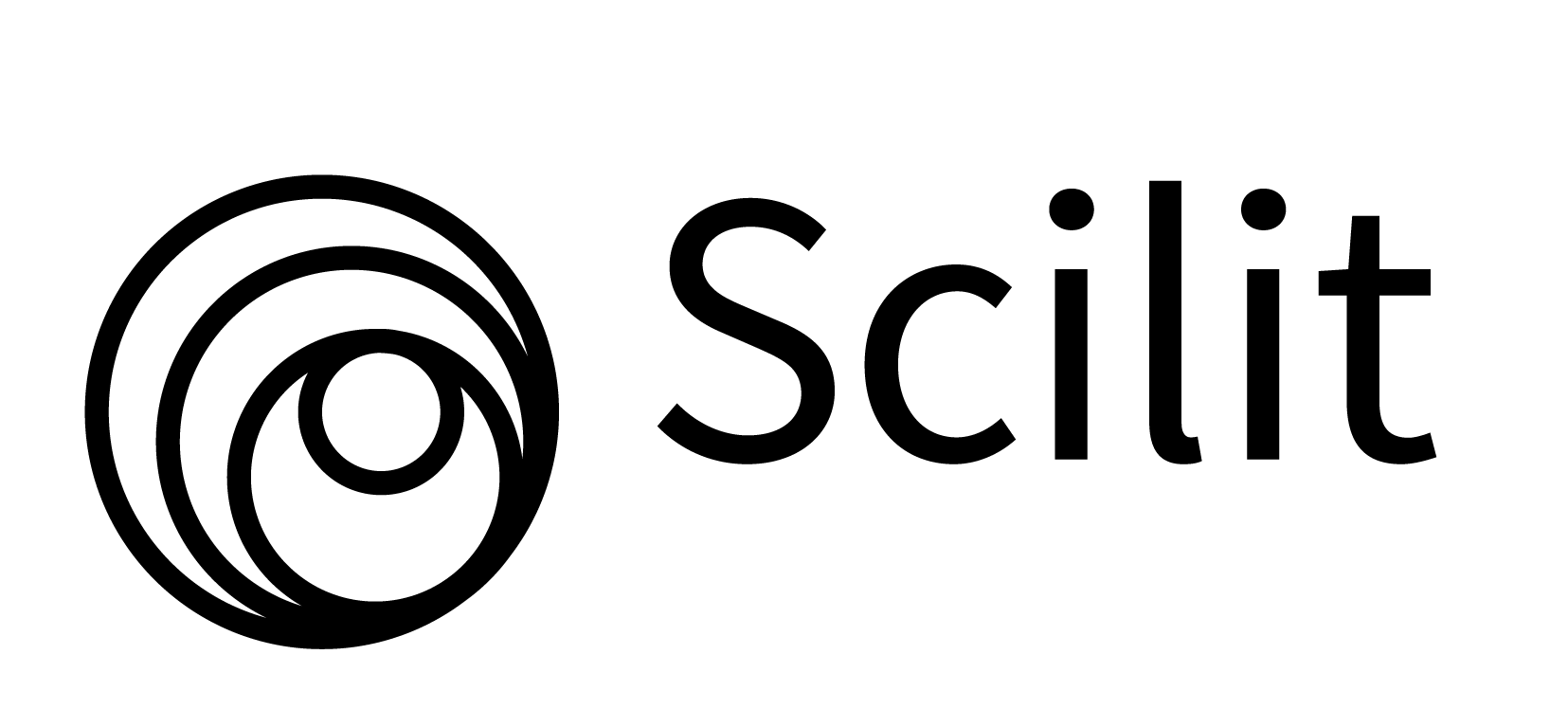Spot Lap Joining of Titanium G2 to Nylon 6 by Nylon Extrusion via Friction Forming Technique
DOI:
https://doi.org/10.51173/jt.v3i4.431Keywords:
Design of Experiments, Titanium Alloy, Nylon 6, Friction Spot JoiningAbstract
To join sheets of commercial pure titanium grade 2 and nylon 6 polymer, friction lap spot welding (FLSW) was proposed. The titanium sheets were drilled to create a 3.5mm diameter hole, which was then threaded with M4. In this work, the effects of the process parameters on joint quality was investigated. The tool's rotating speed was 710, 900, 1120 RPM, the tool's plunging rate was 0.23, 0.75, 1.3mm/sec, and the tool's diameter was 8,10, and 12 mm. All of the specimens were successfully joined, according to the results. The specimens were fully dislocated from the titanium pre-hole after shearing the polymer at the lap joint region. The Ti-nylon 6 joints had shear forces ranging from 597 to 864N. The axial load measured during the joining operation is found to be 199 kg. The joint shear force was most affected by the rotating speed. The two metals were connected by a mechanical interlock at a micron-wide interface line, according to the microstructure analysis.
Downloads
References
P. Kah, R. Suoranta, J. Martikainen, and C. J. R. o. A. M. S. Magnus, "Techniques for Joining Dissimilar Materials: Metals and Polymers," vol. 36, no. 2, 2014.
C. Magnus, "Feasibility study of metal to polymer hybrid joining," 2012.
S. Akinlabi, O. Ogbonna, P. Mashinini, A. Adediran, O. Fatoba, and E. T. Akinlabi, "Titanium and epoxy for automobile application: a review," 2019.
A. Oryshchenko, I. Gorynin, V. Leonov, A. Kudryavtsev, V. Mikhailov, and E. J. I. M. A. R. Chudakov, "Marine titanium alloys: present and future," vol. 6, no. 6, pp. 571-579, 2015.
M.-Y. Lyu, T. G. J. I. j. o. p. e. Choi, and manufacturing, "Research trends in polymer materials for use in lightweight vehicles," vol. 16, no. 1, pp. 213-220, 2015.
A. Katunin, K. Krukiewicz, R. Turczyn, P. Sul, and M. Bilewicz, "Electrically conductive carbon fibre-reinforced composite for aircraft lightning strike protection," in IOP Conference Series: Materials Science and Engineering, 2017, vol. 201, no. 1, p. 012008: IOP Publishing.
G. Artner, R. Langwieser, R. Zemann, and C. F. Mecklenbräuker, "Carbon fiber reinforced polymer integrated antenna module," in 2016 IEEE-APS Topical Conference on Antennas and Propagation in Wireless Communications (APWC), 2016, pp. 59-62: IEEE.
M. P. Groover, Fundamentals of modern manufacturing: materials, processes, and systems. John Wiley & Sons, 2020.
S. K. Hussein, I. T. Abdullah, A. K. J. M. M. i. M. Hussein, and Structures, "Spot lap joining of AA5052 to AISI 1006 by aluminium extrusion via friction forming technique," 2019.
X. W. Yang, T. Fu, and W. Y. Li, "Friction Stir Spot Welding: A Review on Joint Macro- and Microstructure, Property, and Process Modelling," Advances in Materials Science and Engineering, vol. 2014, pp. 1-11, 2014.
E. Gariboldi and B. J. J. o. M. P. T. Previtali, "High tolerance plasma arc cutting of commercially pure titanium," vol. 160, no. 1, pp. 77-89, 2005.
M. Raheel, Modern textile characterization methods. Routledge, 2017.
F. Y. Sadkhan, S. K. Hussain, and A. H. Khuder, "Friction Spot Joining (FSpJ) process of Aluminium AA6061-T6/Poly Vinly Chloride (PVC)," in IOP Conference Series: Materials Science and Engineering, 2021, vol. 1105, no. 1, p. 012043: IOP Publishing.
Downloads
Published
How to Cite
Issue
Section
License
Copyright (c) 2021 Hashim Hasan Shareef, Ammar A. Hussain

This work is licensed under a Creative Commons Attribution 4.0 International License.

















